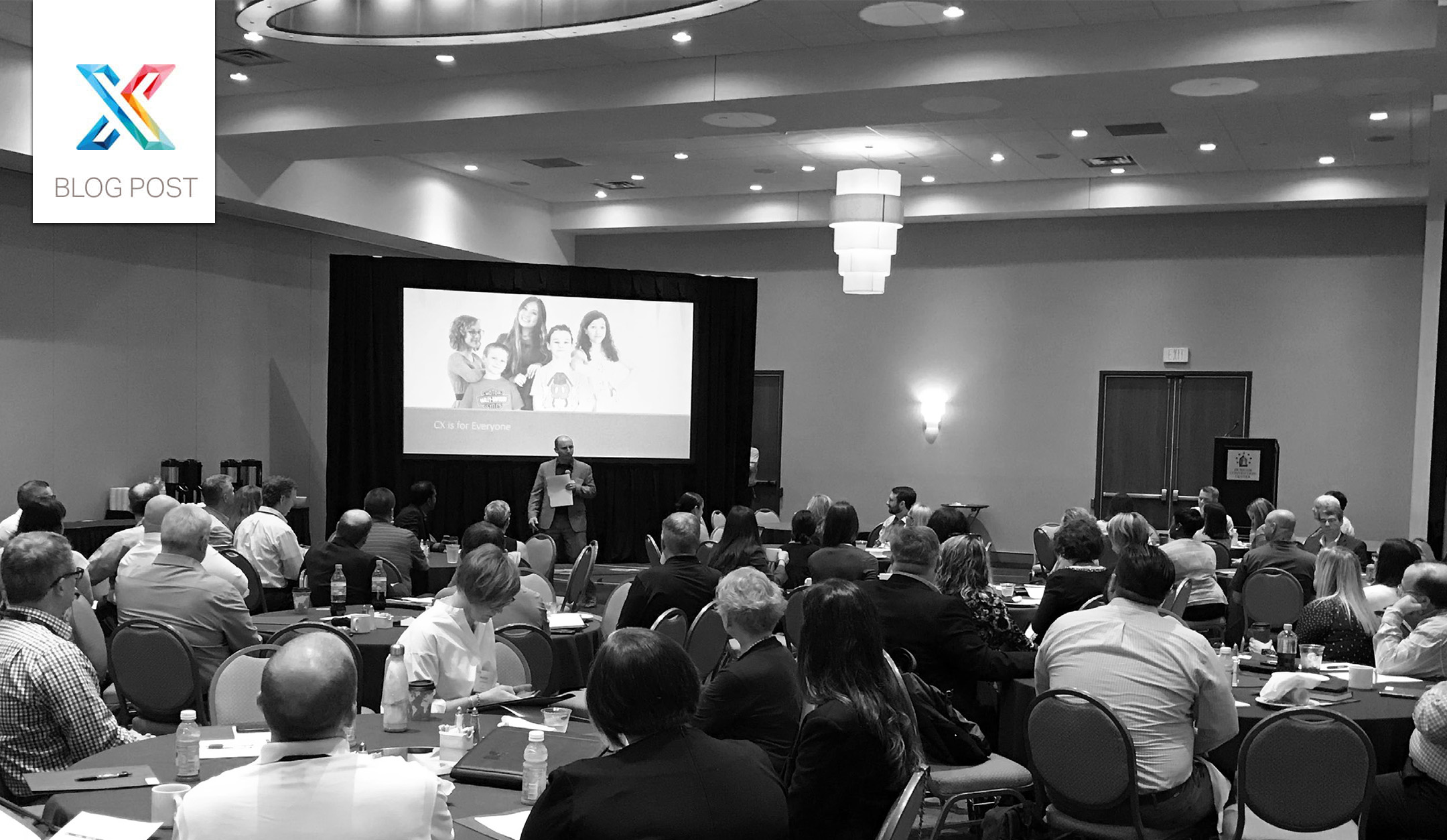Client feedback software is more than a tool for collecting opinions—it’s a strategic asset for improving budget management. Leveraging these tools to train project managers in budget strategy enables your firm to deliver greater value to clients and stand out from competitors.
Author: Ryan Suydam
Thank You, AI: Exploring the Psychology of Gratitude in Human-Robot Interactions
Why do we thank AI, like ChatGPT? Because when it helps us, we feel a sense of relief or benefit, and expressing thanks fulfills a need to acknowledge that help. This same psychology applies to our clients.
Seven Powerful Reasons to Join Our Thriving CX Community
At Client Savvy, one of our core values is championing the CX community and fostering networks that revolve around client experience.
“Exceeding Expectations”: Why You’re Wasting Wins With an Empty Promise
Many companies aim to “exceed expectations,” but a stronger and more strategic approach is to elevate expectations.
Embracing a Client-Centric Mindset: A Reflection for AEC Marketers
When considering what truly epitomizes poor client service, one mistake stands out above all others: focusing on your project rather than the client’s outcome.
The Pitfalls of Using Incentives for Client Surveys
While offering incentives may seem like an effective strategy for increasing response rates, it can actually undermine the quality and integrity of the feedback received.
Avoid the Telephone Game: How to Ensure Clear Client Communication
Implementing a voice of customer (VoC) program can help your firm avoid incomplete, indirect, and garbled communication with your clients.
Overcoming User Pause: Unlocking the Full Potential of Your CX Strategy
When overwhelmed by too many choices, decision-making can stall, resulting in “User Pause.” This affected a client’s feedback program, causing paralysis and missed opportunities. Streamlining options helped them re-energize their team and enhance their client experience strategy.
Overcoming the Biggest Roadblocks to CX Adoption
With a clear business case, broad stakeholder support, and a strategic approach to implementation, firms can unlock the full potential of CX and achieve long-term success.
Overcoming the Cross-Selling Hurdle
Although cross-selling can be an easy way to increase revenue, lower marketing costs, and extend your firm’s relationships with your clients, getting buy-in from your team members is often challenging. Do any of these statements sound familiar? “We’re leaving revenue on the table.” “Do your clients even know we offer other services?” “The more services […]









